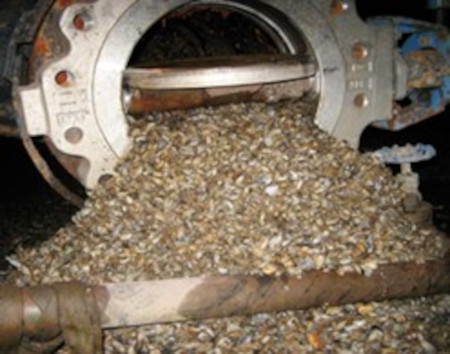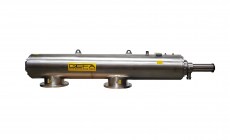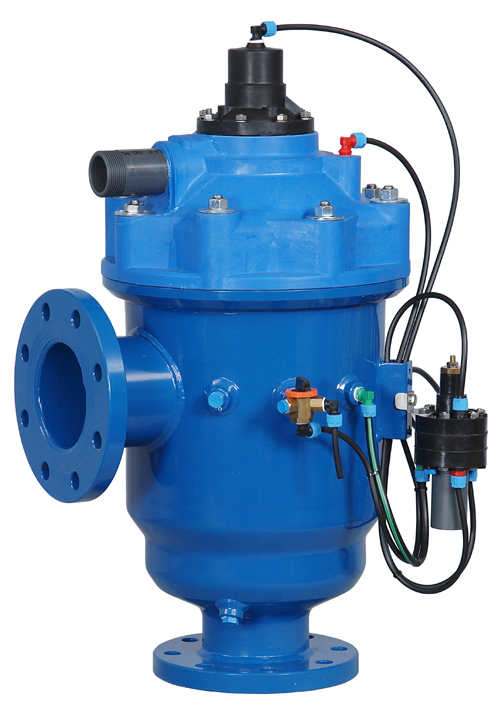Effective mussel filtration for industrial pipework
Find out how our state-of-the-art filter solutions effectively remove mussels and algae in pipes and thus optimise the operation of your systems.
Challenges in water treatment:
Large quantities of cooling or process water are preferably obtained from surface water. However, the utilisation of these natural resources places certain demands on water treatment. For example, cooling towers and heat exchangers must be protected against siltation and algae growth in order to avoid high maintenance costs and long downtimes.
In pipelines, mussel fouling can lead to a reduction in the open pipe cross-section and thus to a permanent loss of throughput. The removal and disposal of the mussels also incurs additional costs. In large pipe systems, several lorry loads of mussels can accumulate.
Development of the freshwater pearl mussel
The body parts of the fish to which the glochidia attach themselves vary between the different mussel genera. There are gills and fin parasites, as well as transitional forms. It is also possible that glochidia of some mussel species attach themselves to the skin of the fish. The freshwater pearl mussel is a pure gill parasite. After a period of time that varies between mussel species, the very simple glochidia have transformed into juvenile mussels. In the freshwater pearl mussel, development can take from 1 to 10 months. The glochidia of the freshwater pearl mussel are 0.04 - 0.07 mm long when they are expelled from the mother. They grow on the fish and fall off as juvenile mussels with a shell length of 0.4 - 0.7 mm.
Instead of the previously existing two shell valves and one sphincter muscle, the juvenile mussels now have all the organs of the adult mussel, including two sphincter muscles, a heart, two pairs of gills, an intestinal tract and a movable foot. After they have fallen off the fish, the juvenile mussels bury themselves in the stream bed for about 5 years, where they are dependent on sufficient flow through the sediment spaces. The way of life of the juvenile mussels has not yet been sufficiently researched, although it represents the most sensitive stage in the development cycle of the freshwater pearl mussel.
If the glochidia does not find a host within a few days, it dies. The glochidia are immobile and therefore defencelessly exposed to the environment. As a young mussel about 2 cm in size, it returns to the surface of the stream bed and reacts extremely sensitively to the water quality.
Solution: Automatic backwash filters from GEFA
Our automatic backwash filters from the M1 and MSCF series are the ideal solution for these challenges. The stainless steel screen mesh of these filters ensures an effective reduction of mussel larvae in the inlet water as soon as the larvae have reached a size of 40 µm.
Functionality and advantages:
- Reliable filtration: The automatic backwash filters work continuously and reliably without the use of chemicals.
- High dirt loads: Our filter systems are designed for high and varying dirt loads in pressurised systems with high flow velocities.
- Low maintenance: The filters clean themselves automatically during operation and thus ensure uninterrupted filtration.
Opt for our proven filter solutions and optimise the water treatment in your industrial plant. Contact us today for more information and personalised advice.













